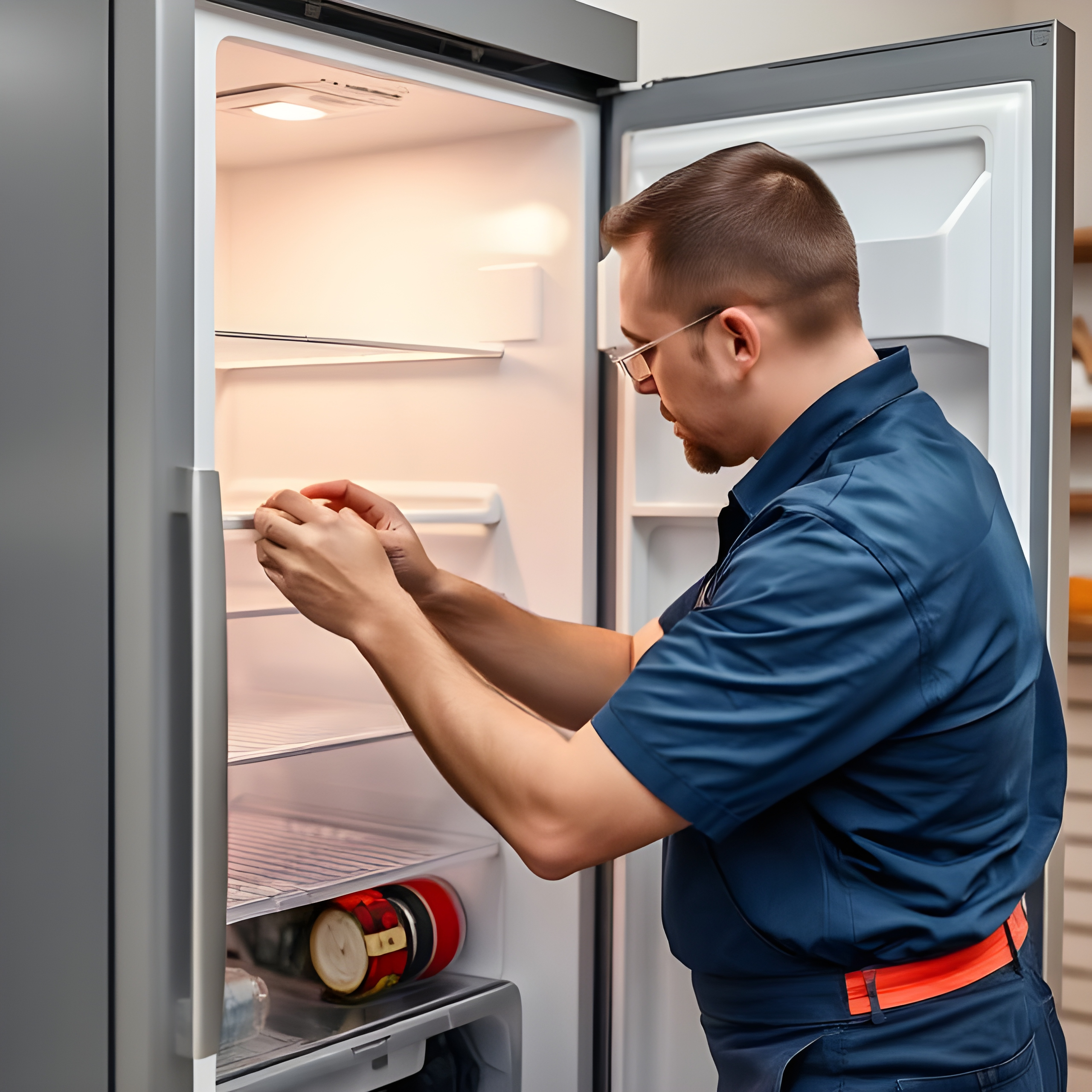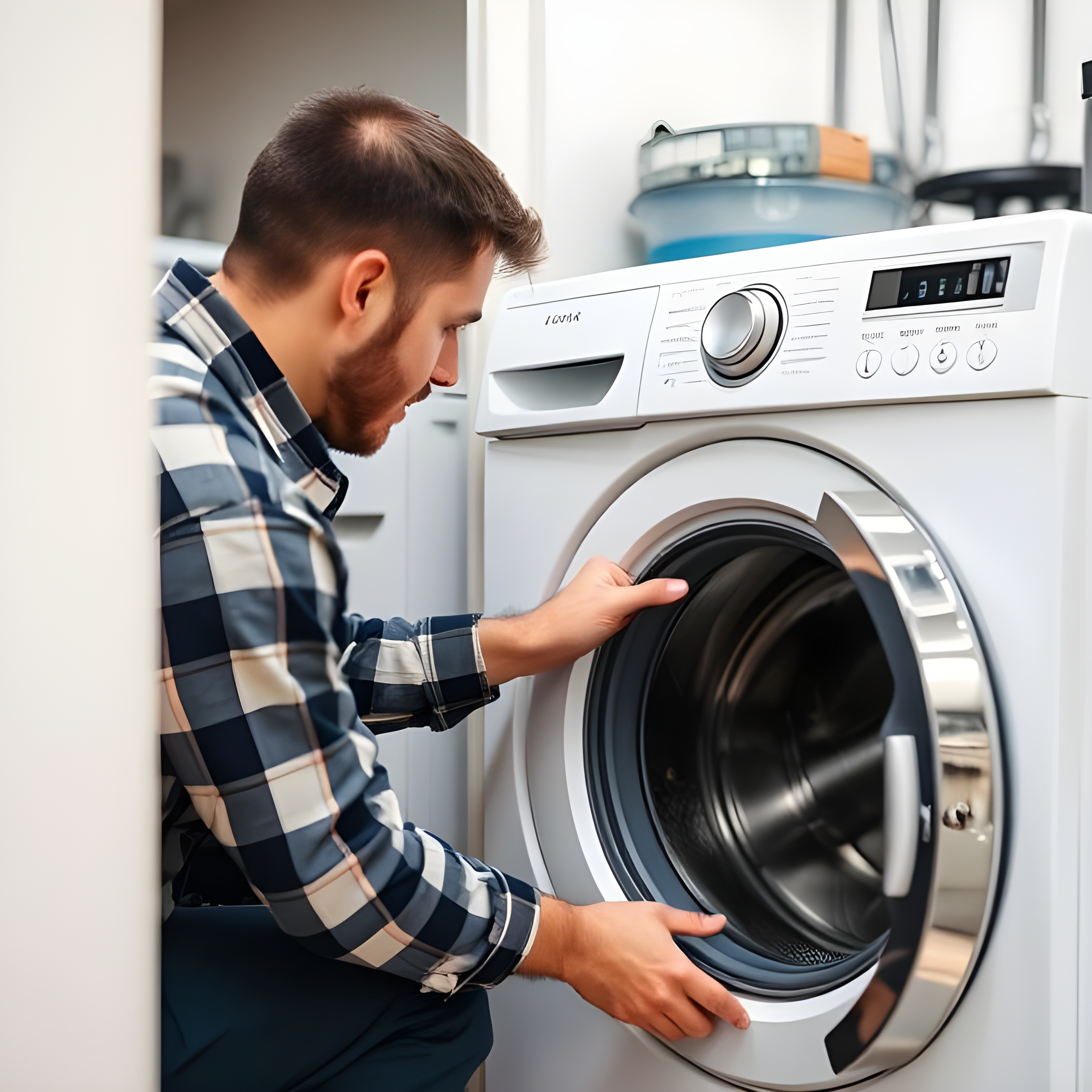Want to get the most out of your appliances and avoid surprise repairs? The answer is simple: regular maintenance. These simple, do-it-yourself steps can help your appliances run better, last longer, and even lower your utility bills. Here’s how to keep everything humming along smoothly in your home.
1. Refrigerator – Clean the Coils & Check Seals
Your fridge works 24/7, and dirty coils can force it to work overtime.
- How to clean coils: Unplug the unit, then use a coil brush or vacuum to clean dust from the coils (usually located at the back or bottom).
- Check door seals: If the seals are loose or cracked, cold air escapes. Close the door on a dollar bill—if it slides out easily, you may need new gaskets.
Clean every six months for best results.
2. Washer – Avoid Overloading & Inspect Hoses
Washing machines can last for over a decade with proper care.
- Avoid overloading: It strains the motor and drum, leading to early failure.
- Check water hoses: Inspect for cracks, bubbles, or rust at the connections. Replace hoses every 3–5 years or if you spot signs of wear.
Also, leave the door open after use to prevent mold and mildew buildup inside.
3. Dryer – Clean the Lint Trap & Vent
Lint buildup isn’t just inefficient—it’s a fire hazard.
- Clean the lint trap after every load.
- Every 6–12 months, disconnect and clean out the dryer vent and ductwork to remove lint and debris. You’ll improve airflow, which means faster drying times and lower energy bills.
4. Dishwasher – Descale & Clean Filters
Dishwashers deal with food particles, soap scum, and hard water—all of which can clog the system.
- Monthly cleaning: Run an empty cycle with a cup of white vinegar in the top rack to dissolve mineral deposits.
- Check and rinse filters every few weeks to prevent blockages and odors.
5. Oven & Range – Keep it Clean and Inspect Burners
A dirty oven can be a hazard and cause uneven cooking.
- Wipe spills after each use.
- Use the self-cleaning function (if available) every few months—but follow the manual’s directions carefully.
- For electric stovetops, inspect the coils and connections. For gas ranges, check that the flame is blue (not yellow, which indicates improper combustion).
Bonus Tip:
Label a calendar or set reminders on your phone for seasonal maintenance. A little planning can help you avoid expensive surprises!
Conclusion:
A few minutes of maintenance now can save you hundreds—or even thousands—of dollars in repairs later. Take control of your appliance health today and enjoy peace of mind tomorrow.



